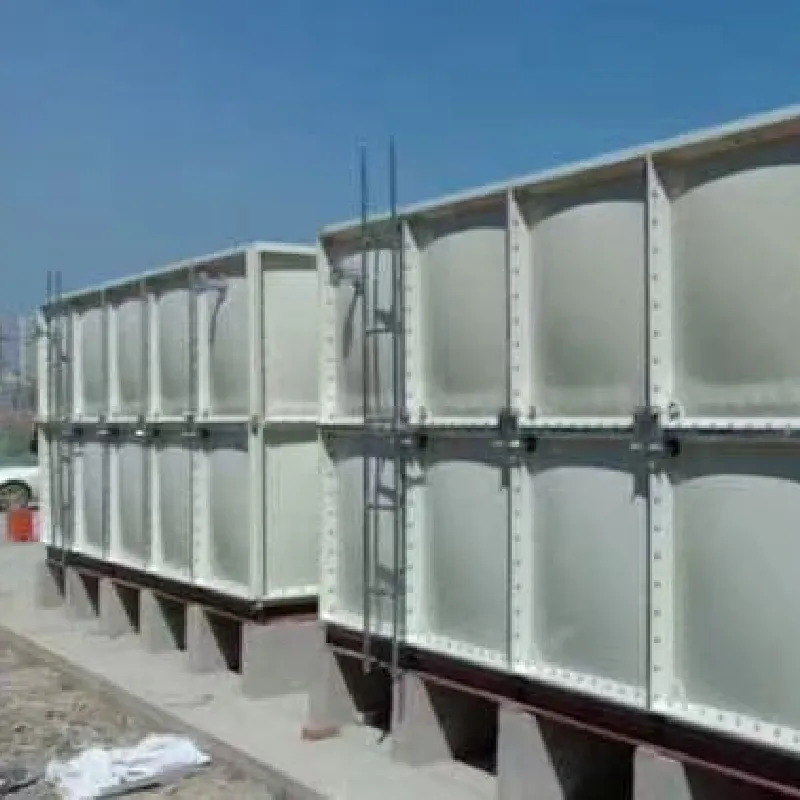loading...
- No. 9, Xingyuan South Street, Dongwaihuan Road, Zaoqiang County, Hengshui, Hebei, China
- admin@zjcomposites.com
- +86 15097380338
- Welcome to visit our website!
waste water treatment
Wastewater Treatment A Critical Component of Environmental Sustainability
In an era where environmental sustainability is of paramount importance, wastewater treatment plays a pivotal role in preserving ecosystems and ensuring safe water for human consumption and recreation. Wastewater, often contaminated with pollutants from industrial, residential, and agricultural sources, poses a significant risk to public health and the environment if not properly managed. This article explores the processes involved in wastewater treatment, the importance of wastewater management, and the innovations shaping the future of this essential field.
Understanding Wastewater
Wastewater can be categorized into three main types domestic, industrial, and stormwater. Domestic wastewater originates from households and includes water from toilets, showers, kitchens, and laundry. Industrial wastewater comes from manufacturing processes and may contain harmful chemicals and heavy metals. Stormwater is rainwater that collects debris, pollutants, and oils as it flows over urban surfaces before entering drainage systems.
The composition of wastewater varies widely depending on its source. However, common contaminants include organic matter, pathogens, nutrients (such as nitrogen and phosphorus), heavy metals, and other toxic substances. Proper treatment is essential to remove these contaminants before the water is released back into the environment or reused.
The Wastewater Treatment Process
The wastewater treatment process typically consists of several stages preliminary treatment, primary treatment, secondary treatment, and tertiary treatment
.1. Preliminary Treatment This initial step removes large debris and solids from the wastewater using screens and grit chambers. The goal is to protect downstream equipment and ensure efficient treatment processes.
2. Primary Treatment In this stage, wastewater is allowed to settle in large tanks, where heavier solids sink to the bottom and lighter materials float to the surface. This process reduces the volume of solids and removes approximately 50-70% of suspended solids and organic matter.
3. Secondary Treatment This biological process is crucial for removing dissolved organic matter. It typically involves the use of microorganisms that feed on these contaminants. Common methods include activated sludge systems and trickling filters. Secondary treatment can achieve a 90% reduction in organic pollutants.
waste water treatment

4. Tertiary Treatment This final stage is designed to further purify the water, often incorporating advanced processes such as filtration, disinfection (using chlorine or ultraviolet light), and nutrient removal. Tertiary treatment ensures that the treated water meets or exceeds regulatory standards for discharge or reuse.
Importance of Wastewater Treatment
The significance of wastewater treatment cannot be overstated. Firstly, it protects public health by removing harmful pathogens and contaminants that can cause waterborne diseases. Additionally, effective treatment reduces the nutrient load entering natural water bodies, which can prevent algal blooms that harm aquatic ecosystems and disrupt water quality.
Furthermore, as populations grow and urban areas expand, the demand for clean water rises. Wastewater treatment allows for the reclamation and reuse of water for irrigation, industrial processes, and even potable purposes, significantly reducing the strain on freshwater resources.
Innovations and Future Trends
The field of wastewater treatment is undergoing rapid advancements driven by technological innovations. Emerging technologies such as membrane bioreactors (MBRs), anaerobic digestion, and advanced oxidation processes are enhancing treatment efficiency and reducing energy consumption.
Moreover, the integration of smart technologies and the Internet of Things (IoT) enables real-time monitoring and management of wastewater systems, leading to better operational efficiency and quicker responses to potential issues.
Sustainability practices, such as energy recovery from wastewater treatment processes and the use of treated effluent for irrigation, are also gaining traction. These approaches not only reduce costs but also promote a circular economy model.
Conclusion
In conclusion, wastewater treatment is a vital component of environmental sustainability, serving as a barrier against pollution and a gateway to water conservation. As we face increasing challenges related to water scarcity and environmental degradation, the importance of investing in advanced wastewater treatment technologies and practices becomes clear. Society must recognize the value of clean water and the role that effective wastewater management plays in safeguarding our health and our planet. Through innovation and commitment to sustainable practices, a cleaner and more sustainable water future is achievable.
-
The Rise of FRP Profiles: Strong, Lightweight, and Built to LastNewsJul.14,2025
-
SMC Panel Tanks: A Modern Water Storage Solution for All EnvironmentsNewsJul.14,2025
-
GRP Grating: A Modern Solution for Safe and Durable Access SystemsNewsJul.14,2025
-
Galvanized Steel Water Tanks: Durable, Reliable, and Ready for UseNewsJul.14,2025
-
FRP Mini Mesh Grating: The Safer, Smarter Flooring SolutionNewsJul.14,2025
-
Exploring FRP Vessels: Durable Solutions for Modern Fluid HandlingNewsJul.14,2025
-
GRP Structures: The Future of Lightweight, High-Performance EngineeringNewsJun.20,2025
